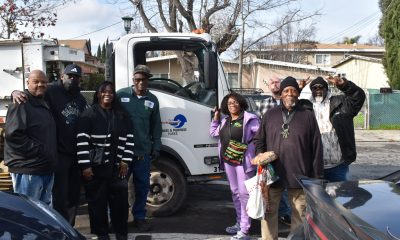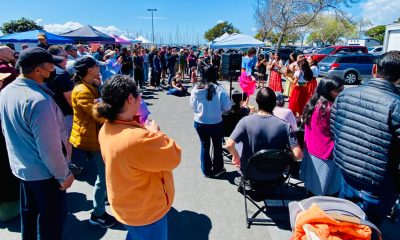Bay Area
Winter Commencement 2023 Lessons: Embrace UC Berkeley’s Values, Pursue Audacious Goals
Jade Amor-Shannan Johnson and Cerenity Bush stood under the bright winter sun on Dec. 16, 2023, proudly waiting to process into UC Berkeley’s Haas Pavilion and wearing personalized caps bedecked in glitter, illustrations and motivating phrases. Johnson’s cap said, “The marathon continues,” and Bush’s quoted Maya Angelou: “Success is loving life and daring to live it.”

By Amy Cranch
UC Berkeley News
Jade Amor-Shannan Johnson and Cerenity Bush stood under the bright winter sun on Dec. 16, 2023, proudly waiting to process into UC Berkeley’s Haas Pavilion and wearing personalized caps bedecked in glitter, illustrations and motivating phrases.
Johnson’s cap said, “The marathon continues,” and Bush’s quoted Maya Angelou: “Success is loving life and daring to live it.”
The wording suited the two friends, who were among some 1,000 undergraduate and graduate students participating in Winter Commencement 2023. Approximately 6,000 guests cheered as graduates’ names were called.
Johnson had majored in legal studies, with a minor in African American studies. She graduated in three years. Her secret? “I know how to have fun and show up for my studies. I’m happy I worked hard,” she said.
Bush’s major was psychology. As a transfer student from Georgia, she said she’d initially had a hard time finding her place at Berkeley and “felt a heavier weight in getting used to the university, with much less time.” But she prevailed.
Another graduating transfer student, Vanessa Reyes, credited Berkeley for having “broadened my horizons.” As a Mexican American, she grew up in a small town and said she had felt “culture shock coming here.”
Reyes was selected to sing the national anthem at commencement but decided to keep it a surprise for the nearly 30 family members there to honor her. “Graduating from college is a big deal to my family,” she said. “I was taught to be proud of who I am and where I grew up. It’s an honor to sing this song.”
Professor Jennifer Doudna, 2020 winner of the Nobel Prize in Chemistry for her development of CRISPR-Cas9, a genome-engineering technology, gave the keynote address to several rounds of applause. The week before commencement, the federal Food and Drug Administration approved the first-ever therapy using this technology for sickle cell disease, a painful, debilitating blood disorder.
“I’m particularly proud that this therapeutic came from fundamental research here at UC Berkeley,” Doudna said. But, she said, much work remains to make the treatment more widely and globally available. “We can do this by forging the right partnerships,” she said. “And we need to explain our work and invite discussion and debate.”
Comparing the winter graduates’ journey to Homer’s “The Odyssey,” Doudna said, “Like the world of ancient Greece, the world you are entering is dynamic. Embrace it with open arms and a resolute spirit.”
She encouraged students to pursue audacious goals with passion and determination. “But never lose sight of your values, integrity and empathy,” she said. “Success is measured, in large part, by the positive impact you have on others.”
Yael Hacohen held the hands of her 7- and 3-year-old daughters, both wearing tiny graduation robes, when she approached the stage to be hooded for a Ph.D. in rhetoric. A fourth-generation Berkeley graduate and a published poet from Israel, Hacohen said it took a village to get to this day. “I had the best faculty members, who supported every aspect of my writing, every question,” she said.
When asked about juggling her studies and parenthood, Hacohen said, “It matters to be a woman, a mother, and to know that it is possible to achieve anything.”
In her remarks, Chancellor Carol T. Christ acknowledged that political and ideological divides — and, most recently, opposing perspectives about the conflict in the Middle East — are straining the ties that bind the campus community. She encouraged graduates to carry with them Berkeley’s values, including freedom of expression and respectful dialogue.
“I urge you to try to understand views different from your own,” Christ said. “Be skeptical of those who would divide the world into simplistic categories of good and evil, black and white — if only because the reality of our world is often far more complex in its shades of gray.”
Following her address, Christ presented the Elise and Walter A. Haas International Award to Damir Arnaut, who received his undergraduate degree from Berkeley in 1997, his master’s in 1998 and his J.D. in 2002. The award annually honors one of Berkeley’s alumni with a distinguished record of service to another country.
Elected to three terms as a member of Parliament in Bosnia and Herzegovina and recently appointed ambassador to Germany, Arnaut has dedicated his life to strengthening democracy and human rights. He was the first public official to support Bosnia and Herzegovina’s first LGBTQ pride march.
In his remarks, Arnaut said a Berkeley degree gives graduates both humility and audacity. “Berkeley teaches you what is right, provides you the skills to bring it about,” he said, “but also gives you that healthy dose of arrogance that makes you unwavering in your quest.”
Arnaut is currently working to dismantle ethnic divisions that keep individuals like his son — who Arnaut said was born into a “mixed marriage” (Arnaut is Bosnian, and his wife is Croatian) — from holding public office. “I won’t quit in this endeavor. I wouldn’t be worthy of this school, or this award, if I did,” he said.
Graduate Pearleen Wang, who double-majored in data science and music, was chosen to speak as the student representative. She told a story about her mother, who grew up in rural southern Taiwan and poured everything she had into providing a better life for her daughters, including nurturing artistic activities she had not experienced herself. One day, however, she decided to learn the art of cake decorating.
“The more she studied and practiced, the more fantastic her creations became,” said Wang, describing dreamy flower gardens and scenes painted with edible watercolors. “She unlocked an incredible artistic side that had lain dormant since childhood. My family showed me that learning is a lifelong journey, and it’s never too late to discover something new about yourself.”
Activism
Oakland Post: Week of April 24 – 30, 2024
The printed Weekly Edition of the Oakland Post: Week of April 24 – 30, 2024
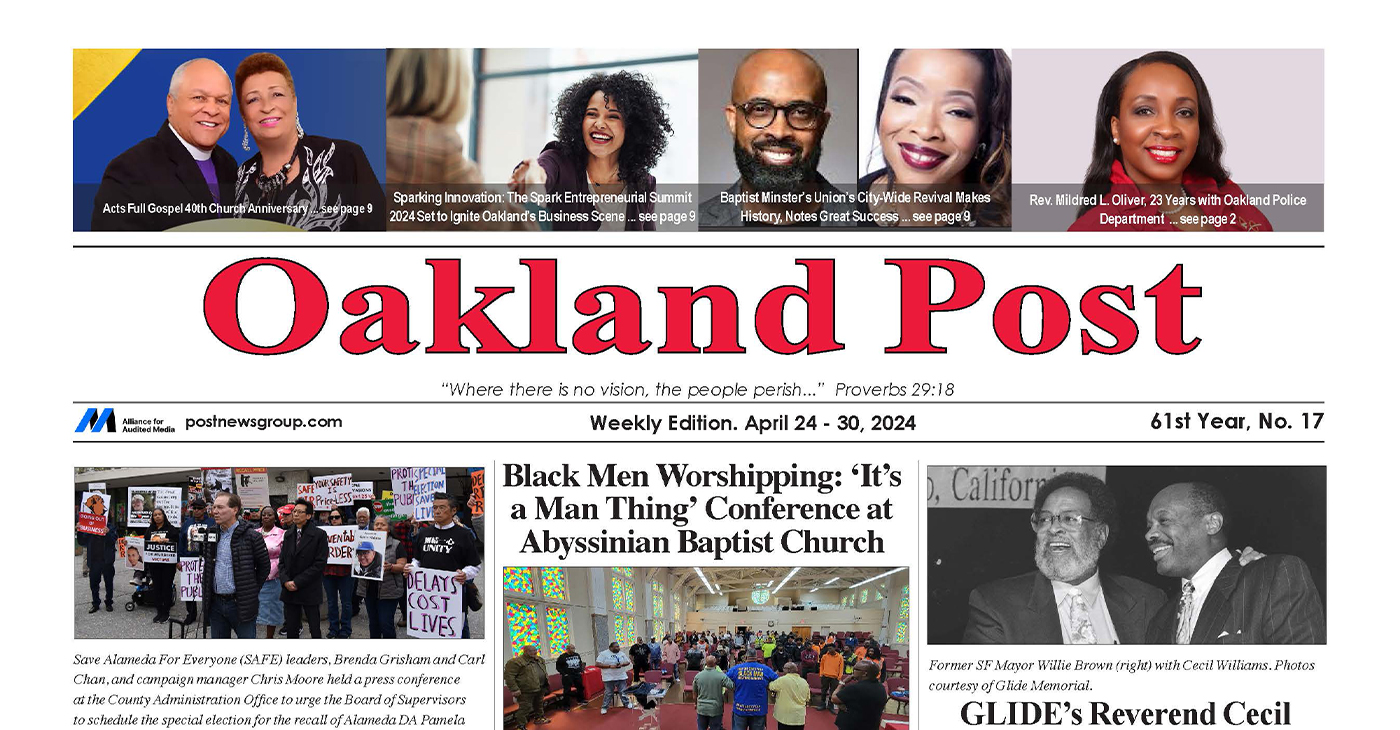
To enlarge your view of this issue, use the slider, magnifying glass icon or full page icon in the lower right corner of the browser window. ![]()
Alameda County
DA Pamela Price Stands by Mom Who Lost Son to Gun Violence in Oakland
Last week, The Post published a photo showing Alameda County District Attorney Pamela Price with Carol Jones, whose son, Patrick DeMarco Scott, was gunned down by an unknown assailant in 2018.
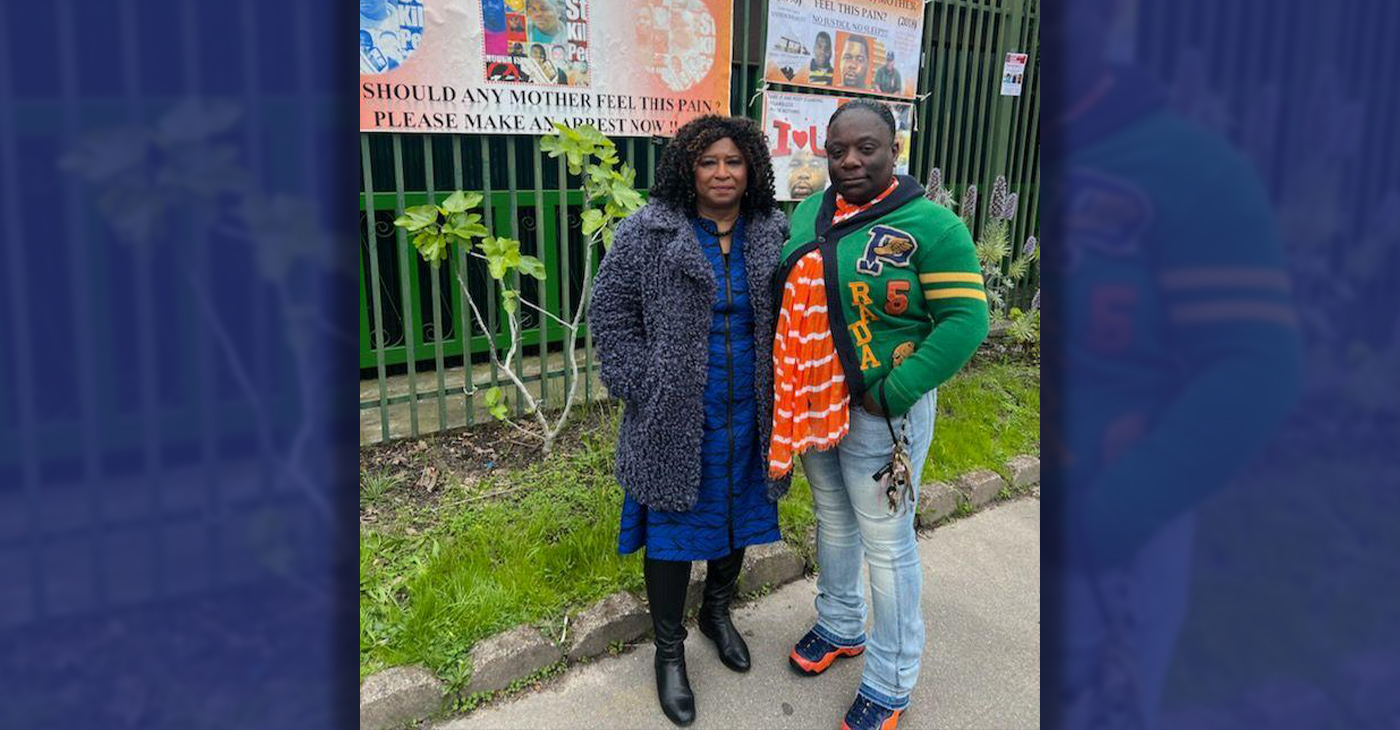
Publisher’s note: Last week, The Post published a photo showing Alameda County District Attorney Pamela Price with Carol Jones, whose son, Patrick DeMarco Scott, was gunned down by an unknown assailant in 2018. The photo was too small for readers to see where the women were and what they were doing. Here we show Price and Jones as they complete a walk in memory of Scott. For more information and to contribute, please contact Carol Jones at 510-978-5517 at morefoundation.help@gmail.com. Courtesy photo.
Bay Area
State Controller Malia Cohen Keynote Speaker at S.F. Wealth Conference
California State Controller Malia Cohen delivered the keynote speech to over 50 business women at the Black Wealth Brunch held on March 28 at the War Memorial and Performing Arts Center at 301 Van Ness Ave. in San Francisco. The Enterprising Women Networking SF Chapter of the American Business Women’s Association (ABWA) hosted the Green Room event to launch its platform designed to close the racial wealth gap in Black and Brown communities.
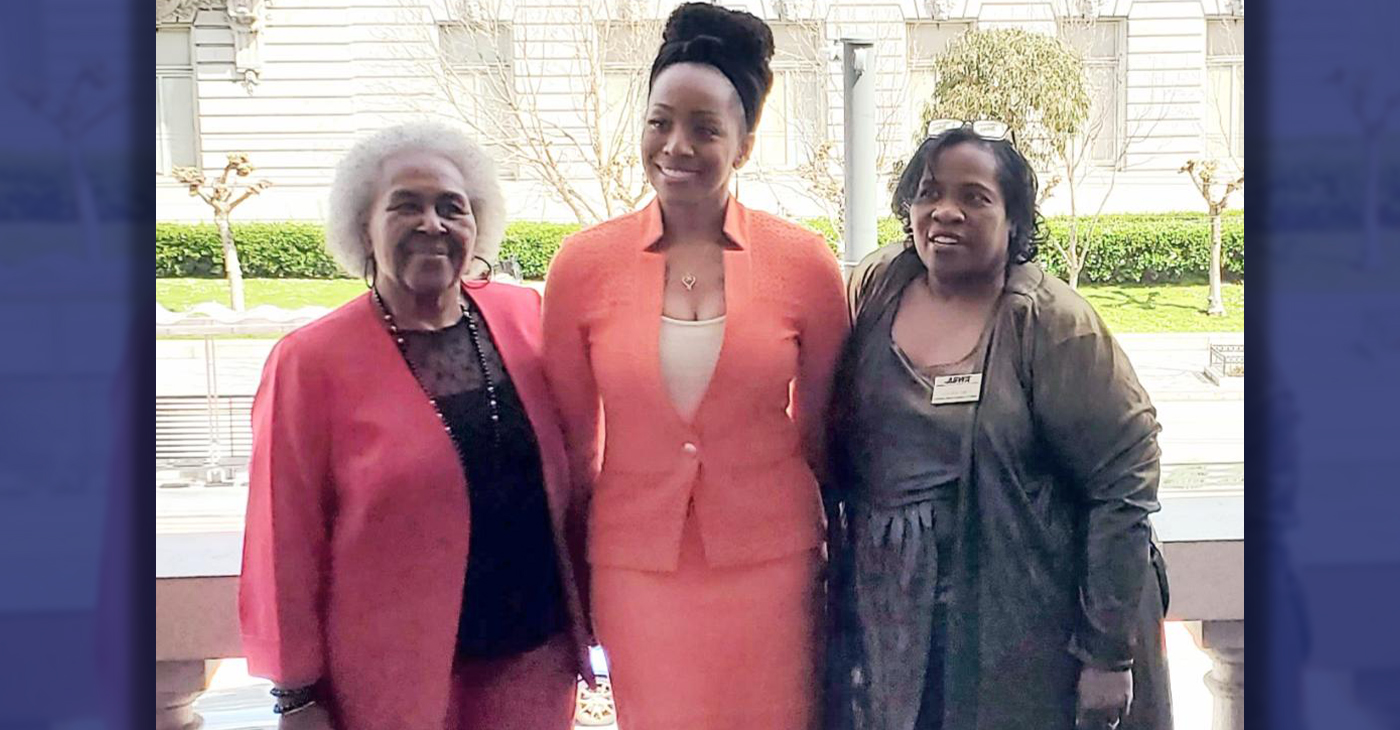
By Carla Thomas
California State Controller Malia Cohen delivered the keynote speech to over 50 business women at the Black Wealth Brunch held on March 28 at the War Memorial and Performing Arts Center at 301 Van Ness Ave. in San Francisco.
The Enterprising Women Networking SF Chapter of the American Business Women’s Association (ABWA) hosted the Green Room event to launch its platform designed to close the racial wealth gap in Black and Brown communities.
“Our goal is to educate Black and Brown families in the masses about financial wellness, wealth building, and how to protect and preserve wealth,” said ABWA San Francisco Chapter President LaRonda Smith.
ABWA’s mission is to bring together businesswomen of diverse occupations and provide opportunities for them to help themselves and others grow personally and professionally through leadership, education, networking support, and national recognition.
“This day is about recognizing influential women, hearing from an accomplished woman as our keynote speaker and allowing women to come together as powerful people,” said ABWA SF Chapter Vice President Velma Landers.
More than 60 attendees dined on the culinary delights of Chef Sharon Lee of The Spot catering, which included a full soul food brunch of skewered shrimp, chicken, blackened salmon, and mac and cheese.
Cohen discussed the many economic disparities women and people of color face. From pay equity to financial literacy, Cohen shared not only statistics, but was excited about a new solution in motion which entailed partnering with Californians for Financial Education.
“I want everyone to reach their full potential,” she said. “Just a few weeks ago in Sacramento, I partnered with an organization, Californians for Financial Education.
“We gathered 990 signatures and submitted it to the [California] Secretary of State to get an initiative on the ballot that guarantees personal finance courses for every public school kid in the state of California.
“Every California student deserves an equal opportunity to learn about filing taxes, interest rates, budgets, and understanding the impact of credit scores. The way we begin to do that is to teach it,” Cohen said.
By equipping students with information, Cohen hopes to close the financial wealth gap, and give everyone an opportunity to reach their full financial potential. “They have to first be equipped with the information and education is the key. Then all we need are opportunities to step into spaces and places of power.”
Cohen went on to share that in her own upbringing, she was not guided on financial principles that could jump start her finances. “Communities of color don’t have the same information and I don’t know about you, but I did not grow up listening to my parents discussing their assets, their investments, and diversifying their portfolio. This is the kind of nomenclature and language we are trying to introduce to our future generations so we can pivot from a life of poverty so we can pivot away and never return to poverty.”
Cohen urged audience members to pass the initiative on the November 2024 ballot.
“When we come together as women, uplift women, and support women, we all win. By networking and learning together, we can continue to build generational wealth,” said Landers. “Passing a powerful initiative will ensure the next generation of California students will be empowered to make more informed financial decisions, decisions that will last them a lifetime.”
-

 Activism4 weeks ago
Activism4 weeks agoOakland Post: Week of March 27 – April 2, 2024
-

 #NNPA BlackPress4 weeks ago
#NNPA BlackPress4 weeks agoBeloved Actor and Activist Louis Cameron Gossett Jr. Dies at 87
-
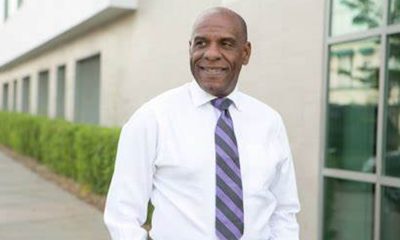
 Community1 week ago
Community1 week agoFinancial Assistance Bill for Descendants of Enslaved Persons to Help Them Purchase, Own, or Maintain a Home
-
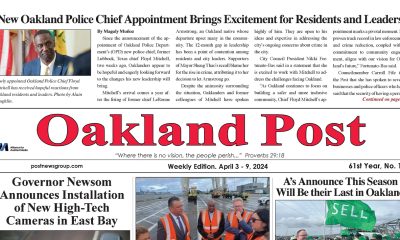
 Activism3 weeks ago
Activism3 weeks agoOakland Post: Week of April 3 – 6, 2024
-

 Business2 weeks ago
Business2 weeks agoV.P. Kamala Harris: Americans With Criminal Records Will Soon Be Eligible for SBA Loans
-
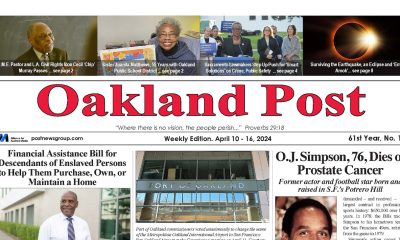
 Activism2 weeks ago
Activism2 weeks agoOakland Post: Week of April 10 – 16, 2024
-

 Community1 week ago
Community1 week agoAG Bonta Says Oakland School Leaders Should Comply with State Laws to Avoid ‘Disparate Harm’ When Closing or Merging Schools
-
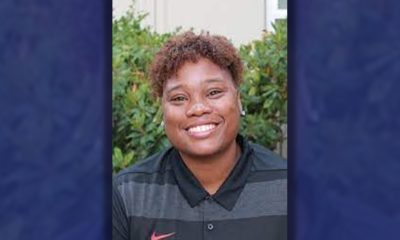
 Community6 days ago
Community6 days agoOakland WNBA Player to be Inducted Into Hall of Fame





